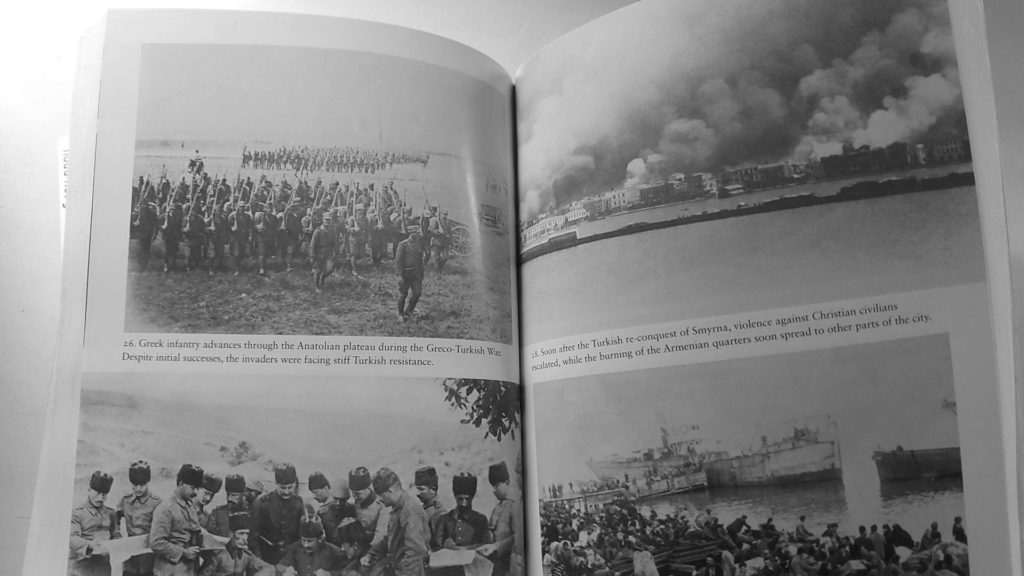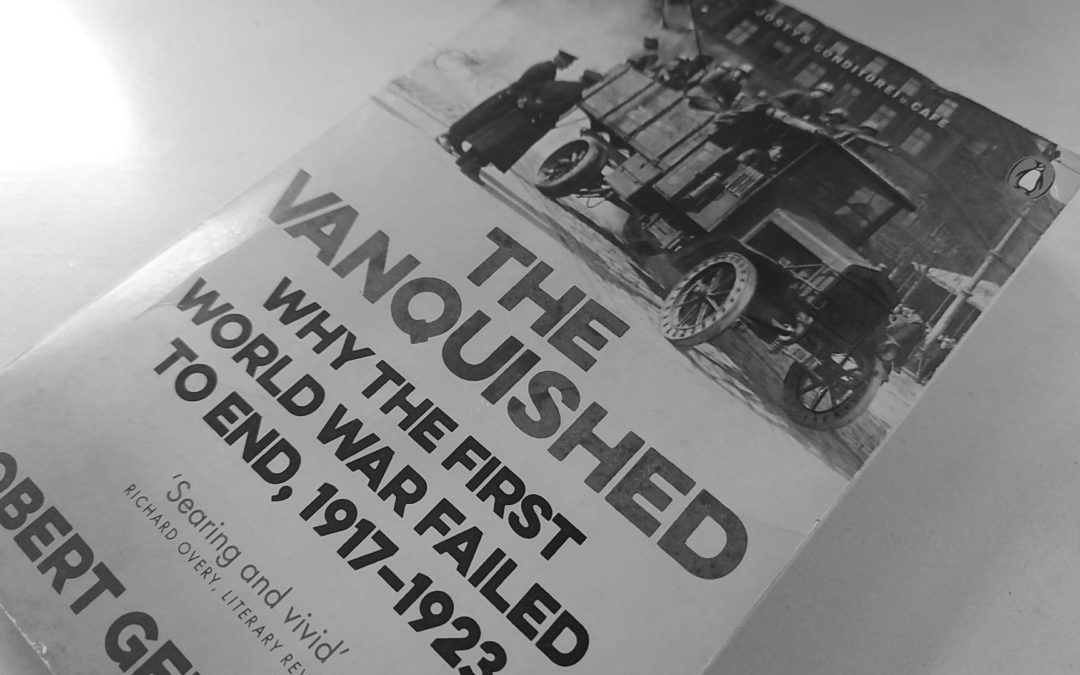For most people there is still a lingering thought hanging about in their mind about the Second World War. Though its memory is slowly fading away, people these days still view this enormous conflict as a clear ‘breakaway point’ from the development of history. In other words, after the Second World War, society was forever changed. Yet what could be argued, is that the war that preceded it was far more influential in shaping the history of the world. This so-called ‘Great War’, fundamentally reshaped worldwide society and would continue to do so, even after the guns fell silent on the eleventh hour on 11 November 1918. This book beautifully shows how that happened and carefully, yet thoroughly shows us just how fundamentally important this war had been. For today’s article, let us look at Robert Gerwarth’s book The Vanquished.
No end to war
For many countries, it is perhaps the Great War that formed their history the most in the last century. It was truly the first time a conflict was carried out on such a large scale. Often we accompany the conflict with images of trench warfare, but this is only part of the story. Although the trenches in France and Belgium showcase us one aspect, there are also the large battles of movement in Eastern Europe, there is the gruesome nature of mountainous warfare in the Balkans and the Italian/Austrian Alps, guerrilla warfare in Africa, the onset of aerial warfare, and so much more. In the four years between 1914-1918, the Entente and Central Powers fought heavily with each others, eventually culminating with the defeat of the German Spring offensive and the eventual signing of peace in 1918. Surely, after all those years of warfare, peace finally had a chance to return and we could all go back to pre-war life. Right?
Well not precisely and it is just this premise of a war that did not end that Robert Gerwarth focuses on. The reason for the subtitle is because of the ongoing European conflicts that took place between 1917-1923. Take for instance the Russian Revolution. This conflict did not end with the signing of peace in 1918, but carried on well after 1918. Or perhaps the lesser known (in these days) conflict between the Greeks and Turks from 1919-1922. After the defeat of the Ottomans, the Treaty of Sevres was put into place to carve up the Anatolian region between the Greeks, French, British, and Italians, leaving the Turks to just a small part of the region. The Turkish nationalists were not having any of it and under the leadership of Kemal Atatürk, they proclaimed the Republic of Turkey and rebelled against both the Ottoman leadership, as well as the Entente. This all culminated into the retreat of the Greeks from the Anatolian landscape, eventually leading to a complete demographic shift, leading to the departure of Greeks from Turkish lands and Turks from Greek lands.
Gerwarth focuses beautifully on all these factors that took place in this period. The Greek-Turkish War illustrates how not only borders, but also the composition of ethnicities changed after the war. Combined however, Gerwarth showcases how the seeds for further wars were planted. Since the borders after the war were redrawn, this meant that the people of former empires often found themselves outside their ‘own’ country. Hungarians for example, saw more than 60% of their lands dissappear with the Treaty of Trianon. Transsylvania, home to millions of Hungarians, came into the hands of the Romanians. Hungarian irrenditism therefore became a prominent part of Hungarian diplomacy, culminating in cooporating with the Germans during the Second World War, with the hopes of restoring a Greater Hungary. A similar dream was there in Bulgaria as well, similarly seeing many of its lands dissapear into the hands of surrounding countries. In short, although there was a peace treaty in 1918, the First World War simply did not end.

A beautiful thematic approach
What ultimately sells this book to me, is Gerwarths thematic approach to the idea of an ‘unending war.’ Although he does focuses on military conflicts and conflicts about the redrawn borders, his main point is that the war was simply moved into different spheres comes across beautifully. Although the guns in France fell silent, this did not mean the end of rivalries between countries and some of the peace requirements actually planted the seeds of further conflict. In this sense, one could argue that peace actually watered the plants of more warfare. The language he uses is just the right balance between an introductionary approach to a very difficult topic, as well as a more academic one. In this sense, even readers who are not that used to the topic of the Great War are able to get along with the message. Combined with some illustrated maps and photographs from the period, one may find themselves completely lost in this book.
In the sense of the good life, I’d argue that this book is also a must have for your personal library. A good life constitutes itself not only with direct happiness or satisfaction, but also tries to tackle the challenges that come along the way. On a larger scale, those challenges are perfectly illustrated by Gerwarth and he ponders just rightfully how this all came to be and what we ought to be wary of as individuals regarding these questions. In short, this book is a defnitive recommendation in my view. Not just as a sort of introduction to the First World War and its immediate consequences, but also as a thematic masterpiece regarding the challenges that life might throw at us.

Recent Comments